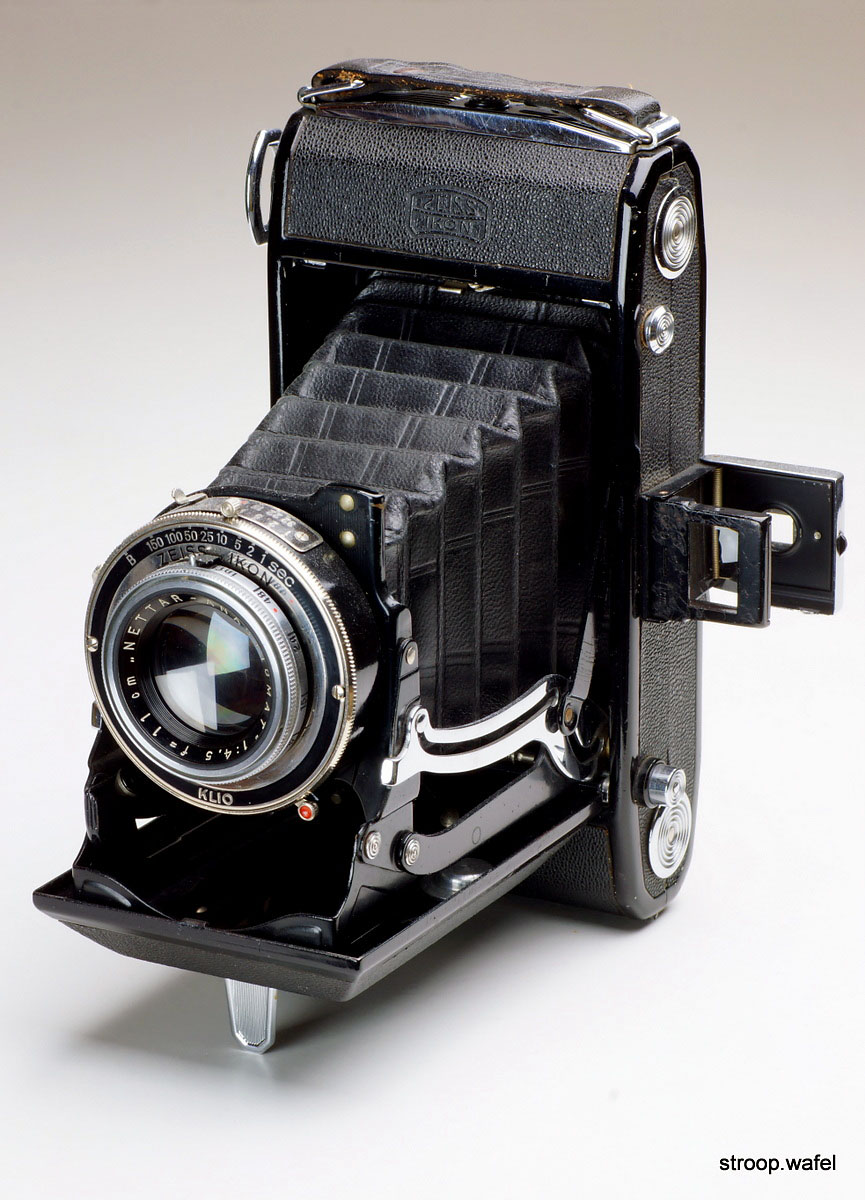Film Cameras
A camera can capture many memories, from birthday parties and holidays to everyday occurrences. With the use of film rising, you have the option to shoot with digital, instant, or traditional film. The key to shooting great shots is to find the right camera and lens for your skill level and learn how to use it.
Zeiss Ikon Ikoflex/Contaflex TLRs These cameras are shown in (approximate) order of first appearance. The sequence of Ikoflexes is complex, with serial numbers in irrational order and repeated for different cameras. Serial Number: Y96909 (c. With: Extensible lens hood. Zeiss-Ikon cable release. Ever-ready case. Small Zeiss-Ikon tripod in leather case. Albada view-finder for 5 cm and 8.5 cm lenses. Proxar 2x 42 in black plastic case. In cardboard box, instructions. Zeiss Ikon: Contax I a - 1932-1936. 35mm rangefinder camera. Serial numbers starting with AU or AV (A means camera was repaired by the factory), I've seen one with Y.
Zeiss Ikon Camera


- At serial number P98250 the camera was changed slightly once again with the addition of a coated mirror. The final batch of cameras were assembled from December 1971 through March 1972, and carry the Carl Zeiss logo. They are prized by collectors as they are the last 600 built, with numbers running from P52001 through P52600.
- The Zeiss Ikon Contax Camera Repair Website - template Gabriella Portik さんのボード「Vintage Camera Collection」で、他にもたくさんのピンを見つけましょう。 Early examples of the Zeiss Ikon Contax made in Dresden. These are the black Contax I and the later chrome Contax II.
- Published in Autumn 1993 Zeiss Historica Journal. Author: Simon Worsley. See Page 11 – 14. The author has made an extensive examination of the serial numbers of Zeiss Ikon cameras and Carl Zeiss Jena lenses from the era in the title and explains the eccentricities in the process and an explanation on how best to date the lenses and cameras.

Common features of cameras that take film will vary depending on the type of camera you use. High-end models, such as a Leica, include features that are sometimes only utilized with professional photographers. Some of the most common features you will find include:
- Automatic and manual settings
- A flash mechanism or the ability to attach an external flash unit
- A zoom lens for capturing photos from different distances
- A solid body to protect the inner mechanisms from dust, dirt, and light
- A lens cap to protect it from getting scratched
There are many analog camera options and with these options comes a range of film sizes, shapes, and styles.
- Most analog models will take 35 millimeter film. This standard size is produced in a wide range of options, including traditional color, black and white, red scale, and color negative. Along with these options, 35 millimeter also comes in different speeds that can help you get sharper images depending on whether the subject of the photo is in motion or standing still.
- Larger models take larger sizes, such as 120 film format. Many of these models also have convertible attachments to switch it to 35 millimeter for convenience.
- Polaroid (or instant) cameras use film packs that provide you with a photo at the click of a button. This type comes in mini or square format.
Film has never gone completely out of style, and most manufacturers still produce a range of products that work for new devices as well as older models.
Zeiss Ikon Camera Film Advance
- The most common size and most abundantly produced film size is 35 millimeter. It easily works with most vintage and new devices.
- Some of the newer Polaroid models have packs that are too small for vintage models, but the traditional square size packs are also available and can work with some vintage models.
- Less common options such as 110, 120, and 4 by 5 sheets are also produced for specific camera types.